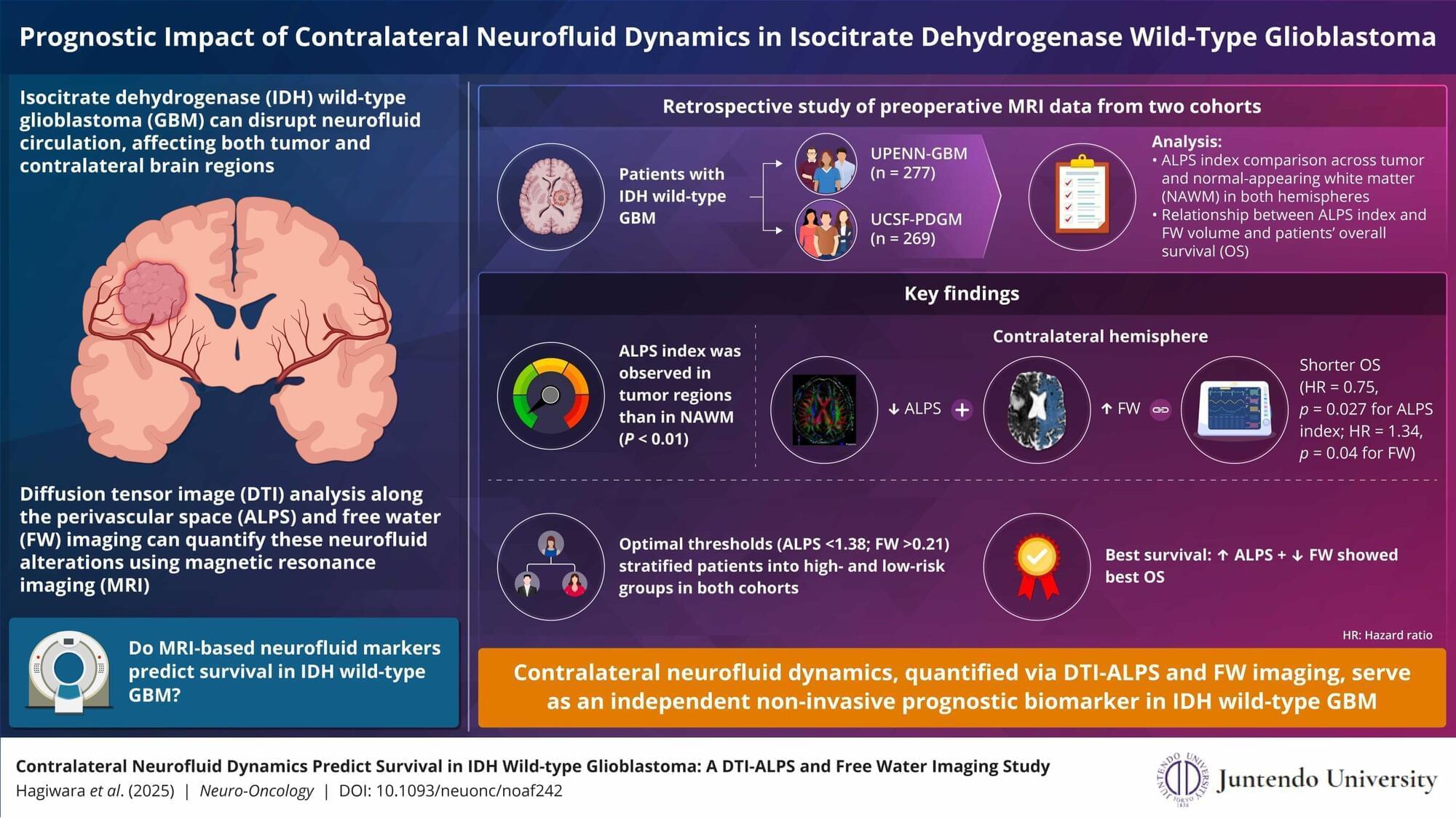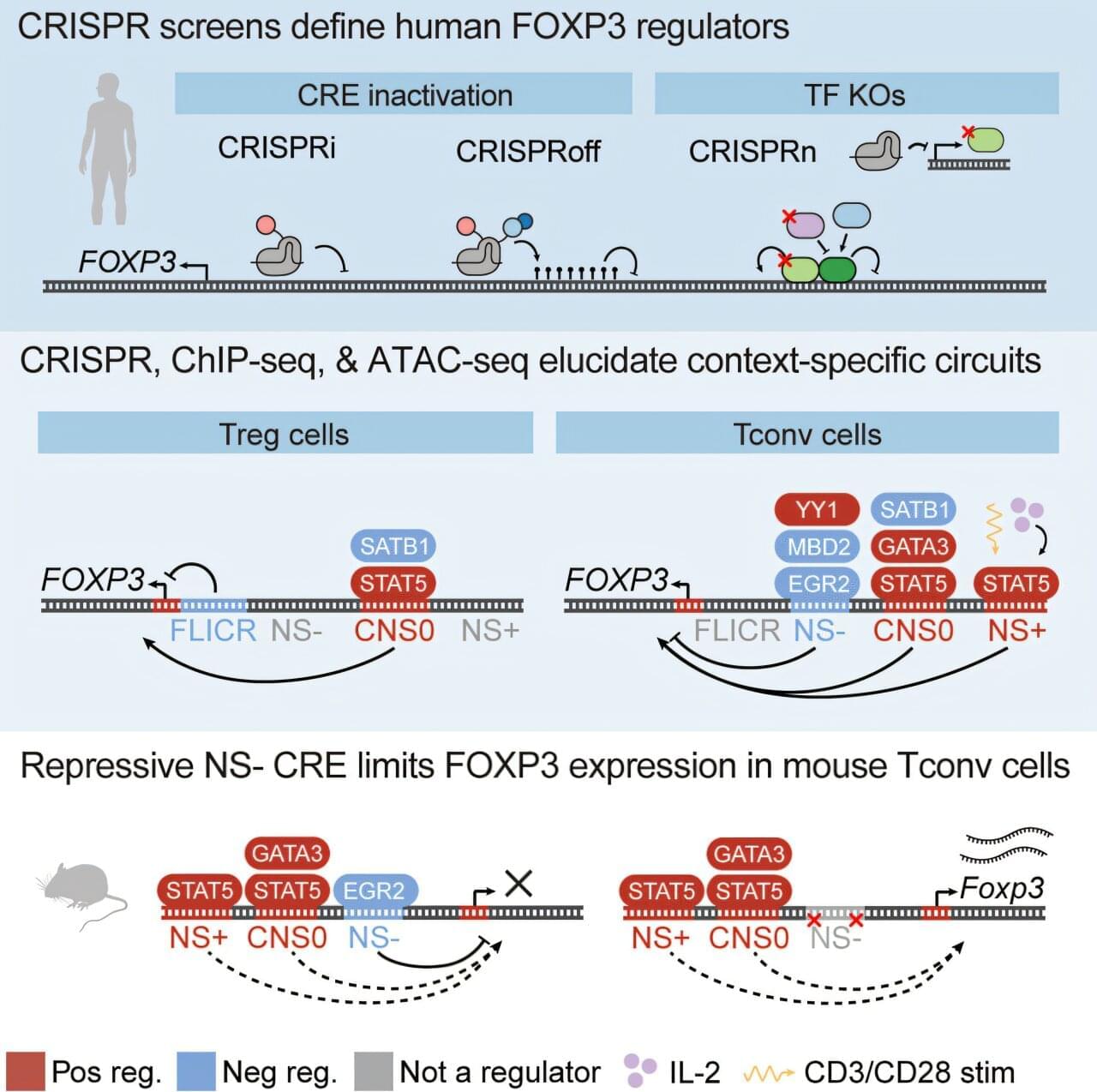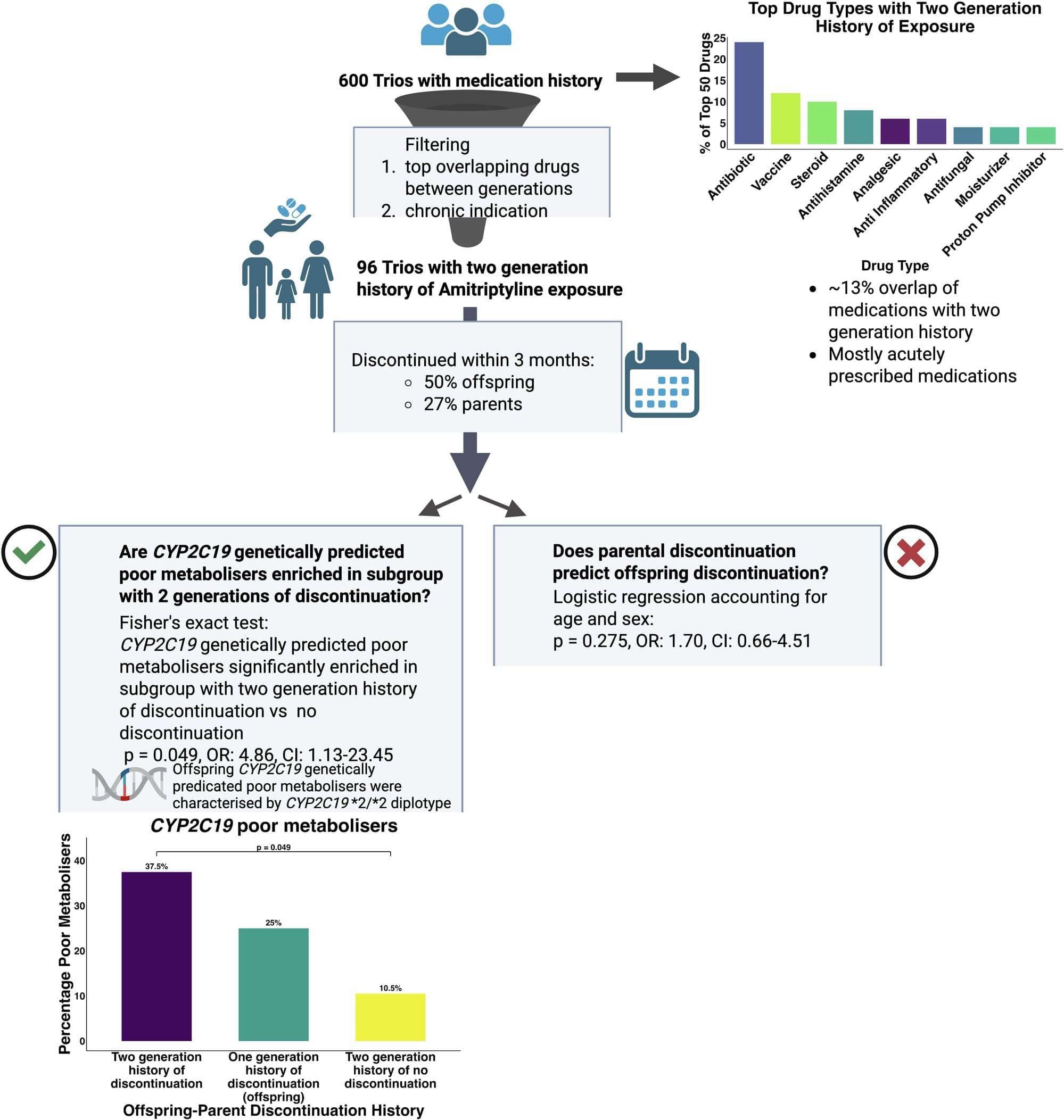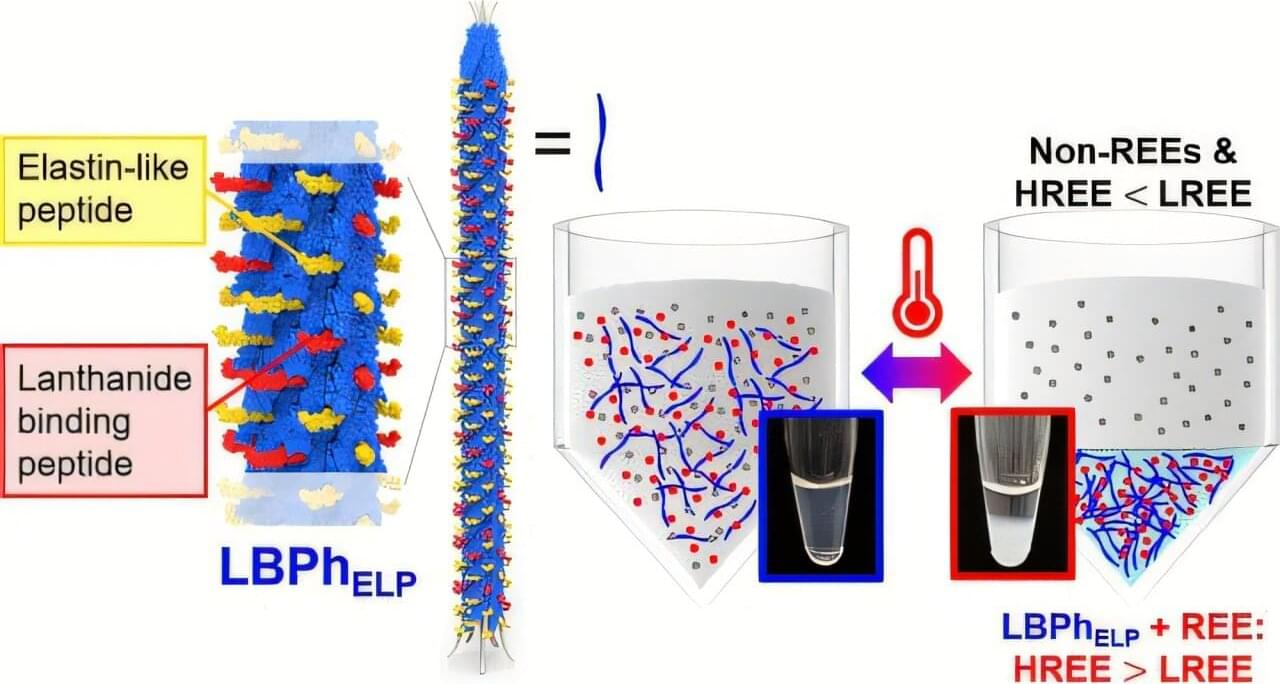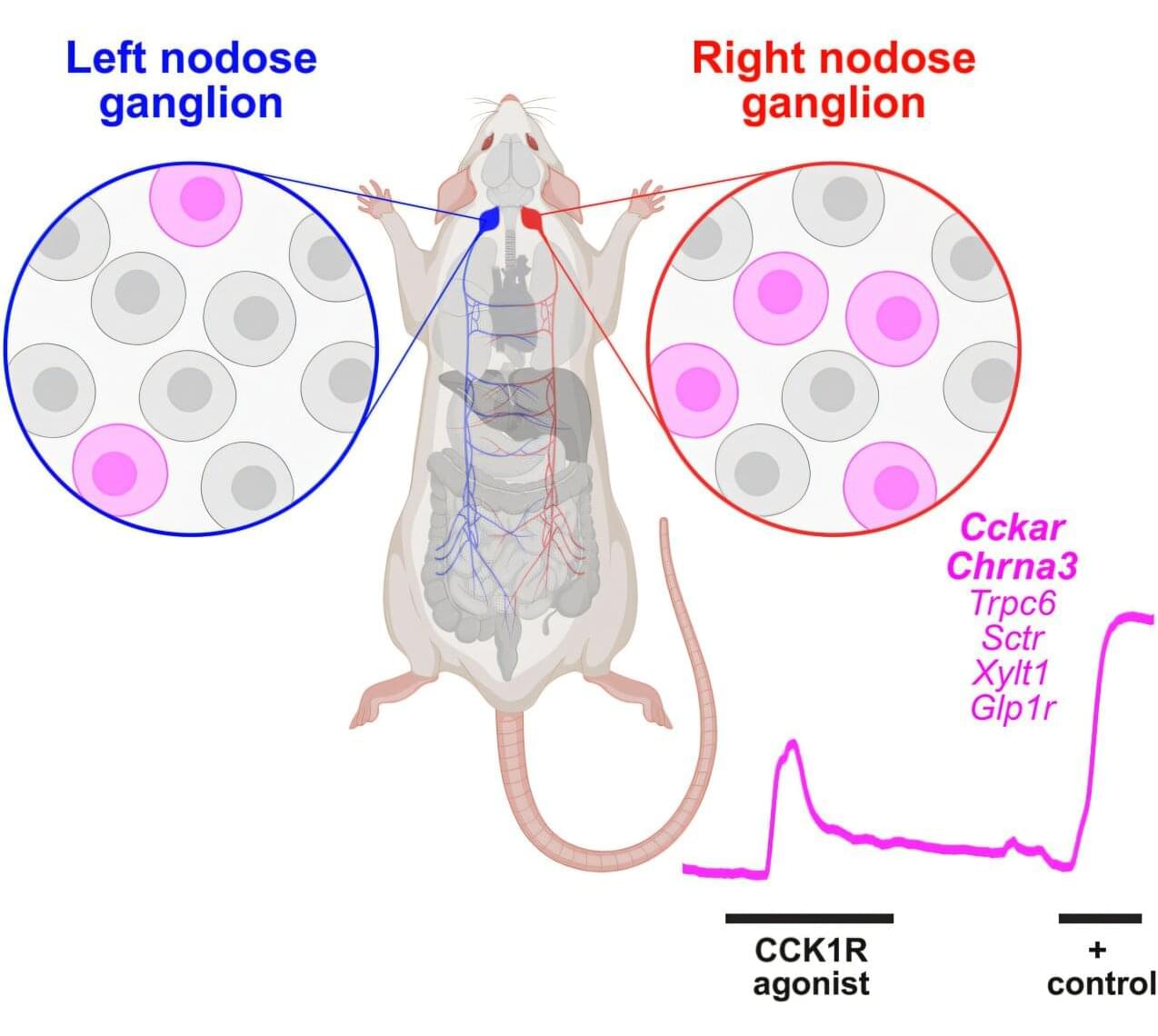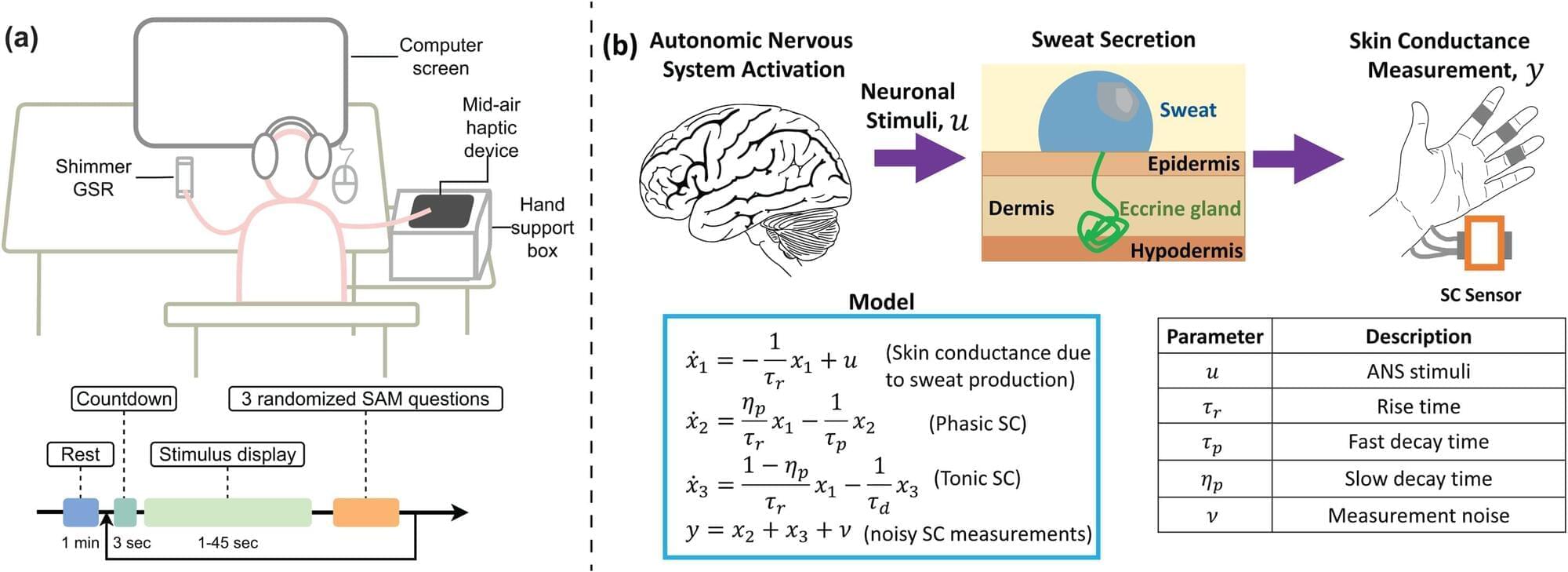Glioblastoma—the most aggressive form of brain cancer—remains one of medicine’s biggest challenges. Despite surgery, radiotherapy, and chemotherapy, most patients survive only about a year after diagnosis.
However, a new discovery might change how doctors understand and monitor this deadly disease. Specifically, the study focused on isocitrate dehydrogenase (IDH) wild-type glioblastoma, the most common and rapidly growing form of the tumor, known for its poor prognosis and limited treatment options.
In a study published in Neuro-Oncology, researchers found that brain regions far away from the tumor—known as the contralateral hemisphere (the side opposite to tumor)—can reveal vital clues about a patient’s survival in IDH wild-type glioblastoma.
